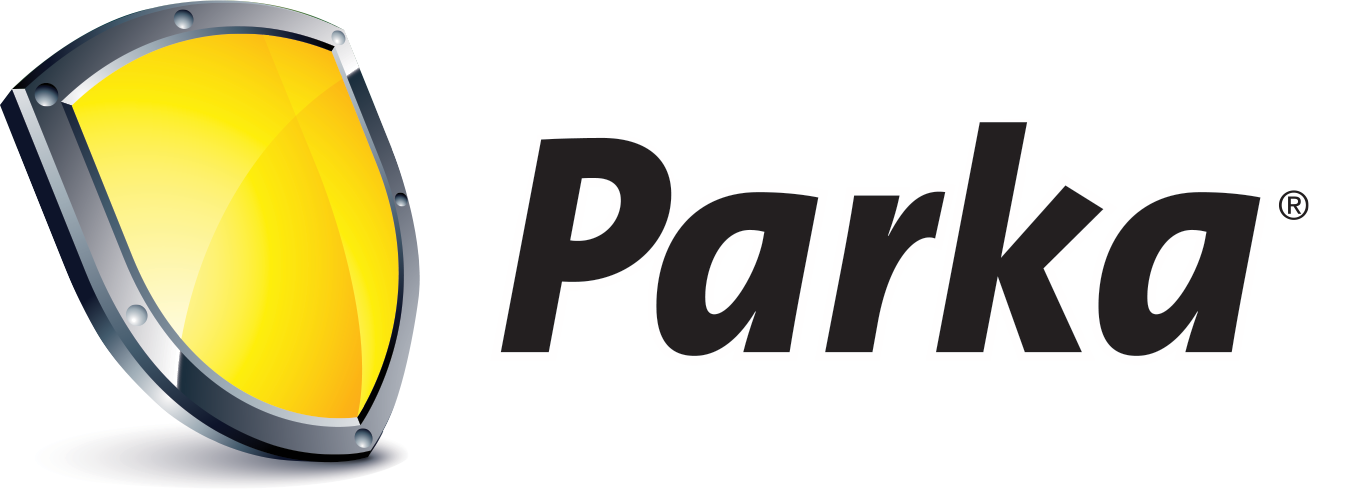Supplementing the Cuticle Means Better Fruit Quality
Strawberries are subject to different problems depending upon where they are grown. Every pick can be different depending upon the environmental conditions.
Because Parka supplements and stabilizes the cuticle of the fruit, it can help preserve and enhance fruit quality. Parka also provides the physical protection of a clear, hydrophobic and elastic lipid bi-layer that reduces the amount of water lost from desiccation during periods of high temperatures and windy conditions. It also helps to prevent cracking of the fruit cuticle and increase shelf life. Growers benefit from Parka’s protective properties since the result is more marketable strawberries.
Why use Parka on Strawberries?
- Reduces desiccation from transpirational water loss during hot temperatures and windy conditions, retaining fruit firmness and increasing shelf life.
- Easily tank mixed with nutritionals and pesticides
- Invisible — doesn’t leave white residue on the fruit.
- Exempt from maximum residue levels
- Zero preharvest interval, zero worker reentry interval
How to Use Parka in a Program
Wind desiccation and heat stress is more problematic in California and the Southwest, and application timing depends upon weather conditions. One application three to five days before each harvest is recommended for best protection, or if windy conditions are predicted.
FAQ
What Causes Moisture-Induced Cracking in Strawberries?
Like other fleshy fruits such as apples and cherries, the cuticle of strawberries is susceptible to cracking when too much moisture is absorbed via the root system or through the cuticle itself. Water pressure within the fruit causes microcracks in the cuticle, which reduce quality and provide openings for pathogens to enter the berry.
How Does Parka Reduce Cracking in Strawberries?
Parka provides the physical protection of a clear, hydrophobic and elastic lipid bi-layer over the cuticle that reduces the amount of water absorbed by the fruit during a rain event. It also fills in any microcracks that do occur, preventing further damage. And, by supplementing and stabilizing the cuticle itself, Parka makes it more resistant to cracking in the first place.

Why is Wind Dessication a Problem on Strawberries?
Wind dessication is primarily a problem in dry areas such as California where windy conditions are common. Because strawberries have soft skin, soil particles picked up by blowing air directly damage the fruit. Increased evaporation causes water loss from the fruit as well, reducing its quality.
How Does Parka Reduce Wind Dessication?
By providing a protective layer over the fruit surface, as well as supplementing and strengthening the cuticle, Parka has been shown to reduce damage from wind and increase marketable yields.
What Do Growers Like About Parka?
Growers like Parka because it is effective. It is grower-friendly in other significant ways, as well, particularly its flexibility in tank mixing. Parka can be tank mixed with a wide variety of other inputs, including both fertilizers and pesticides. This saves the fuel and labor costs of making an additional pass in the field. Parka does not affect the appearance of strawberries. The zero preharvest interval and zero worker reentry interval make it easy to program, even near harvest.


